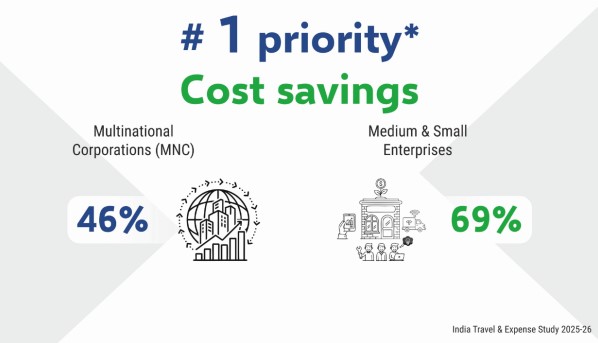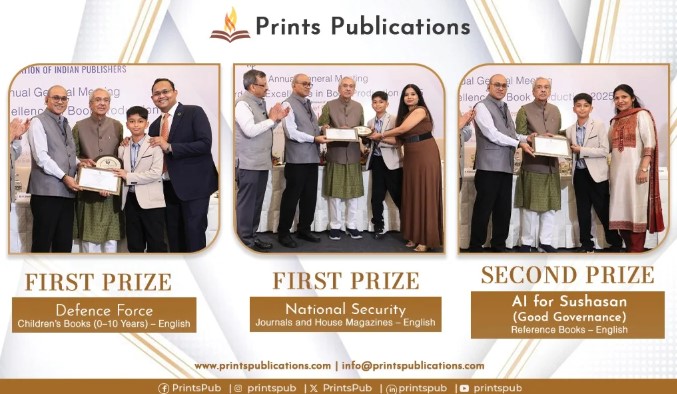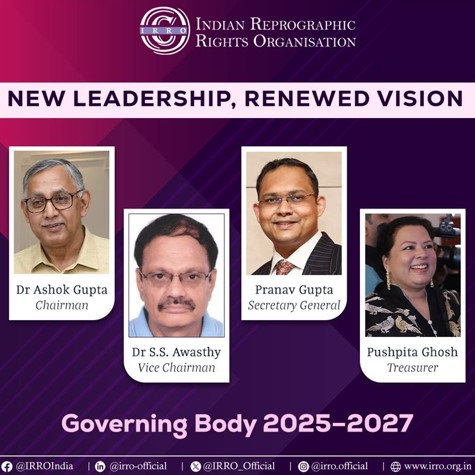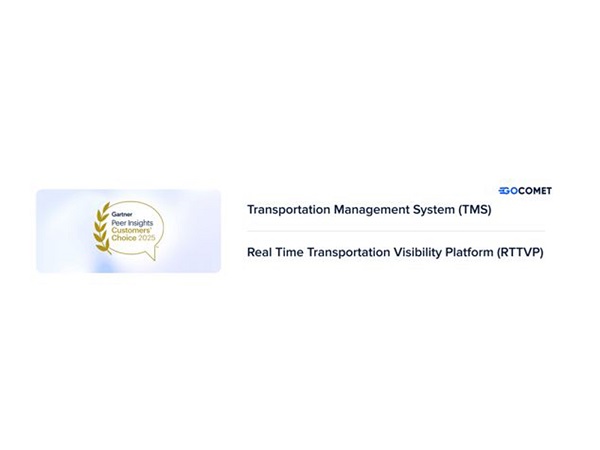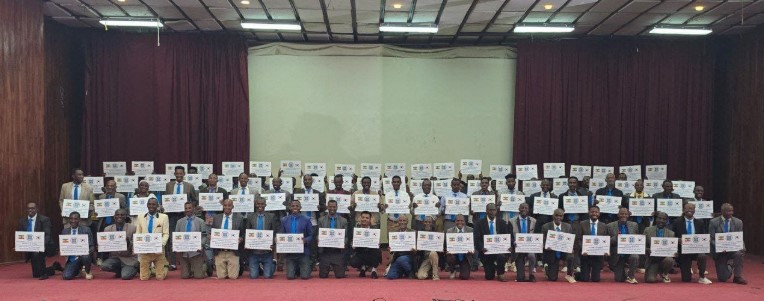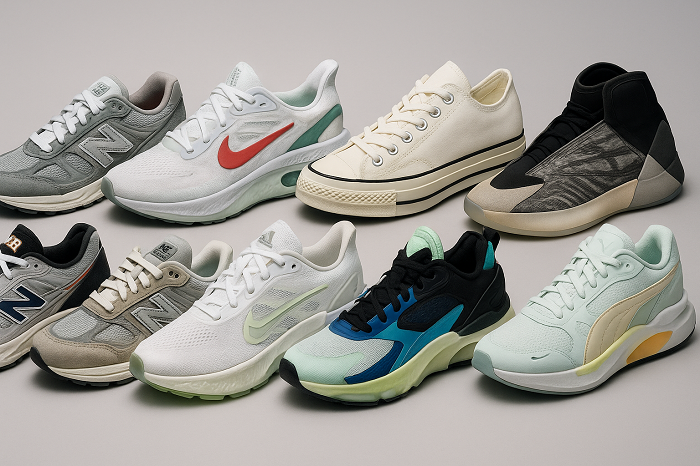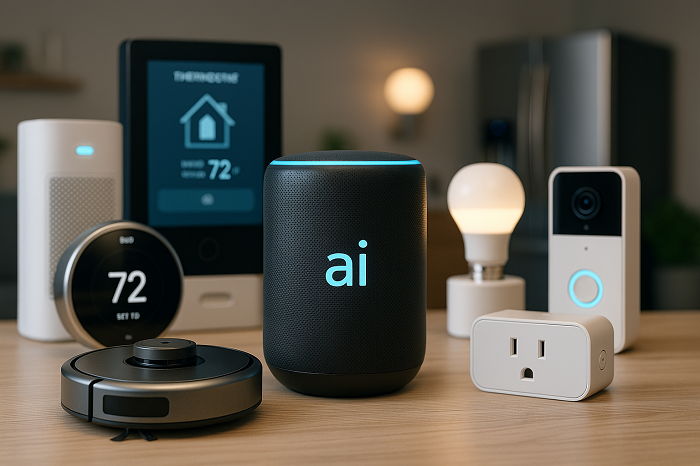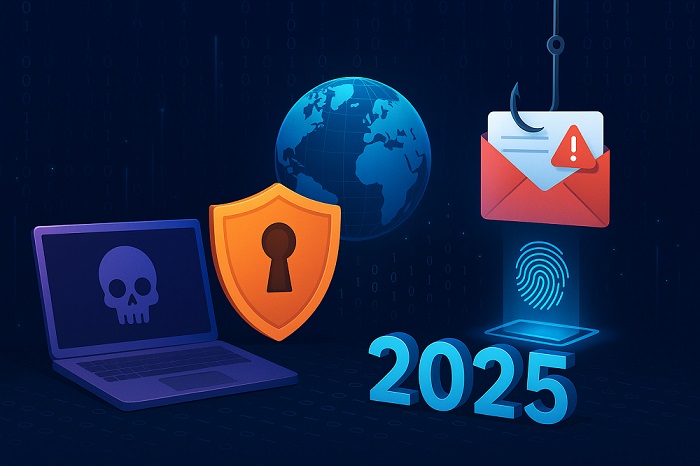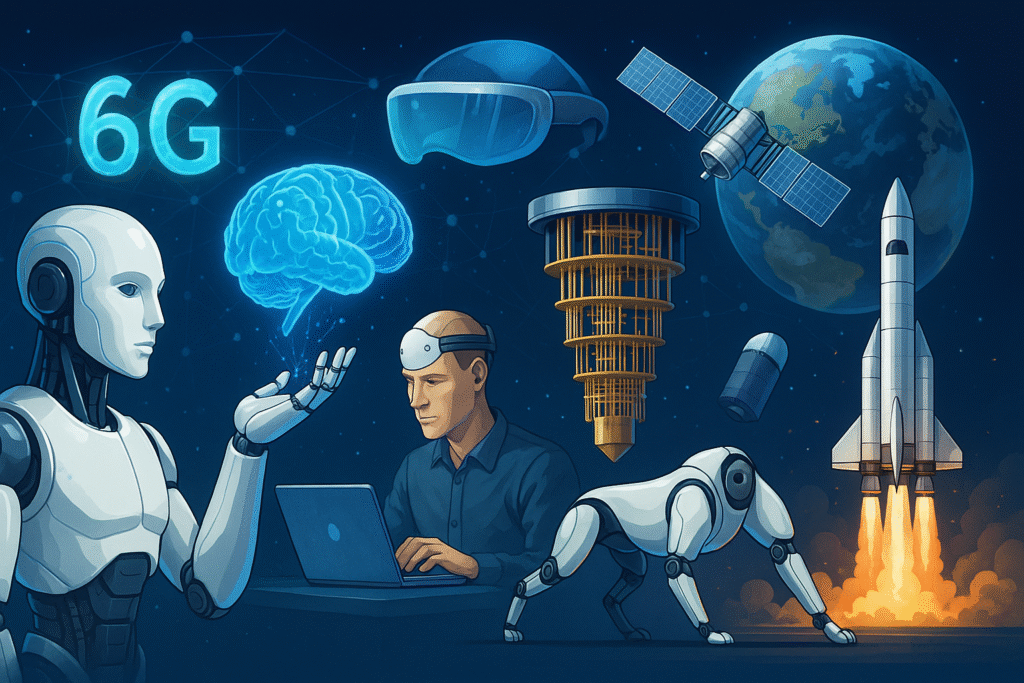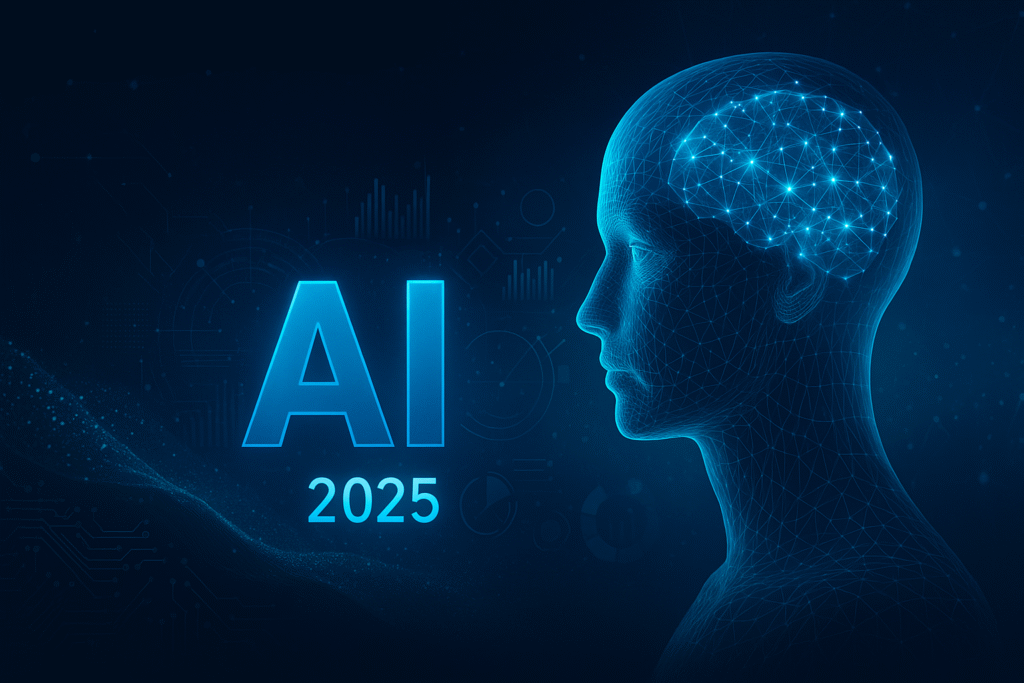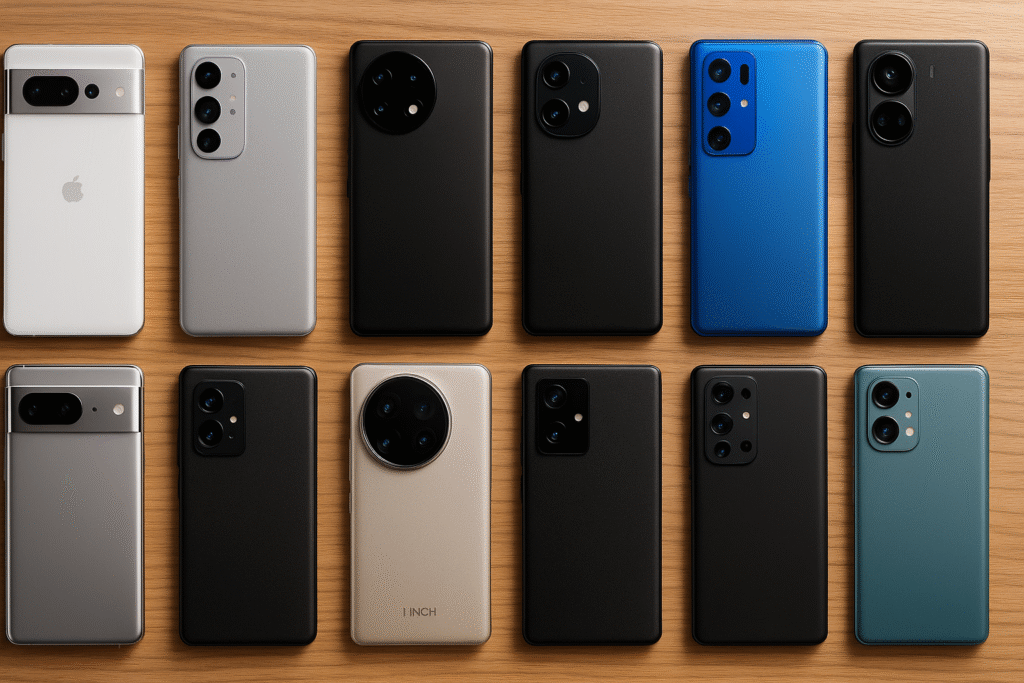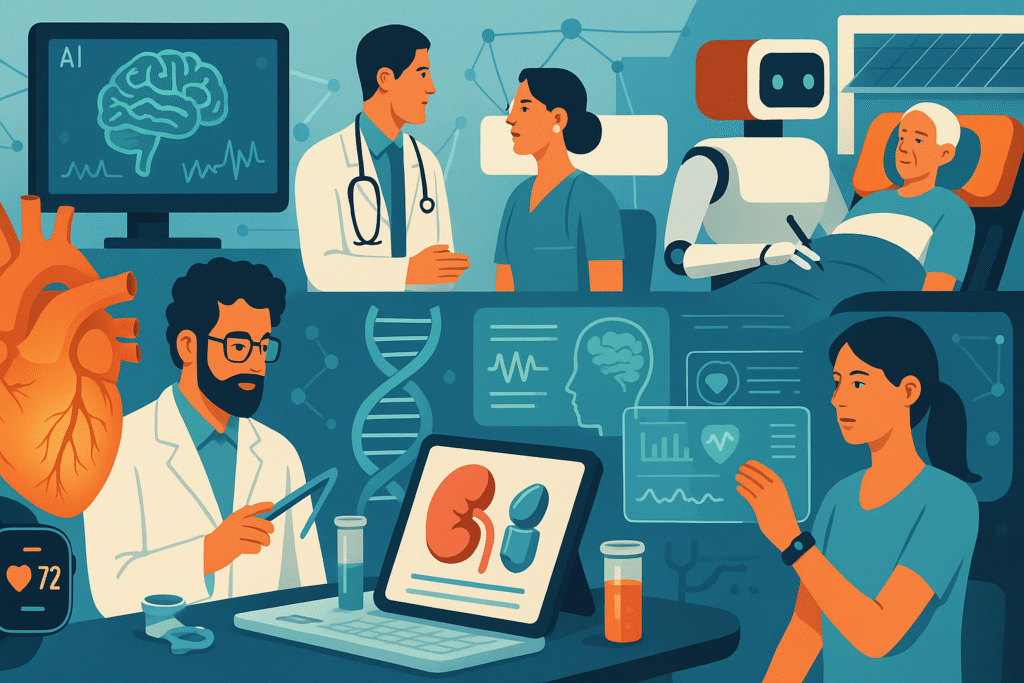Top 10 Health Innovations to Watch in 2025
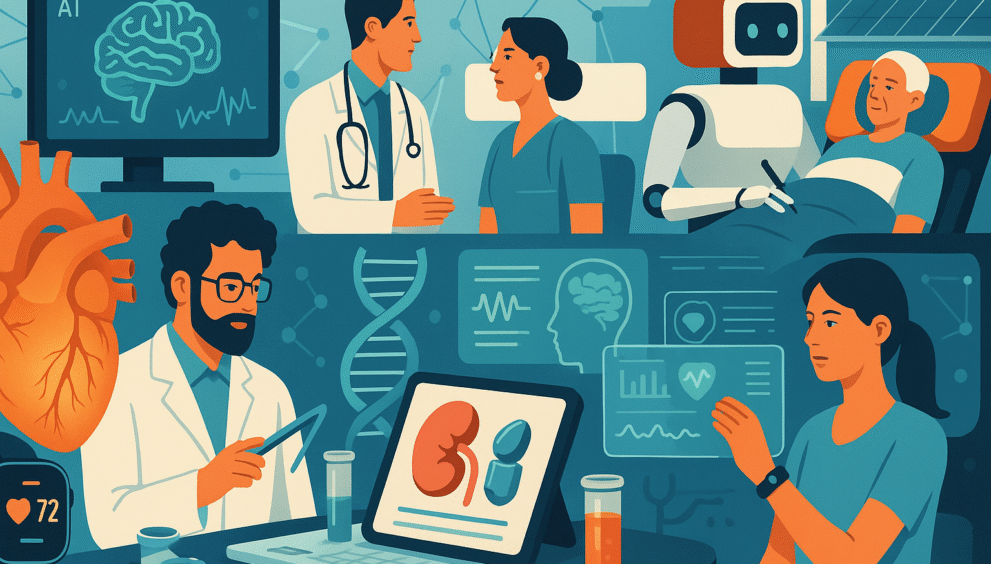
The year 2025 is shaping up to be a landmark period in the field of health and wellness, driven by groundbreaking technologies and innovative practices that are transforming how people approach care, prevention, and overall well-being. With rapid advancements in artificial intelligence, biotechnology, digital health platforms, and patient-centered care models, individuals now have more tools than ever before to live healthier, longer, and more fulfilling lives. Understanding the top health innovations of 2025 is not only important for patients but also for healthcare providers, policymakers, and wellness enthusiasts who want to stay ahead of the curve. This article explores the most impactful innovations making waves this year and explains how each is shaping the future of health.
1. Personalized Medicine and Genomic Insights
One of the most exciting areas of healthcare in 2025 is the rise of personalized medicine powered by genomic research. Instead of offering one-size-fits-all treatments, doctors now leverage genetic testing and molecular data to create customized therapies tailored to an individual’s DNA. From cancer therapies designed to target specific mutations to preventive care strategies based on hereditary risks, genomic medicine is ensuring that treatment is both more effective and less invasive. Advances in sequencing technology have also made these services more affordable and accessible, allowing millions of people to benefit from a level of precision that was once considered futuristic.
2. Artificial Intelligence in Healthcare Diagnostics
Artificial intelligence continues to revolutionize healthcare, especially in diagnostics. In 2025, AI-driven systems are being used to analyze medical imaging, pathology slides, and patient data with remarkable accuracy. AI is assisting radiologists in detecting early-stage cancers, predicting disease progression, and even recommending treatment plans. By reducing human error and speeding up the diagnostic process, these tools are helping doctors make better decisions while freeing up time for patient-centered care. For patients, this means earlier detection, quicker interventions, and ultimately better outcomes.
3. Remote Patient Monitoring and Wearable Devices
The widespread adoption of smart wearable devices has made continuous health monitoring a reality. In 2025, advanced wearables track far more than just steps or heart rate, providing real-time data on blood sugar levels, blood pressure, oxygen saturation, and even stress markers. These devices are seamlessly connected to healthcare platforms, enabling doctors to monitor patients remotely and intervene before a condition becomes serious. Chronic disease management has become more effective thanks to wearables, giving patients control and reassurance while reducing hospital visits and costs.
4. Virtual and Augmented Reality in Medical Training and Therapy
Virtual reality and augmented reality technologies are no longer confined to entertainment—they are now crucial tools in healthcare. Medical students are training with immersive simulations that replicate real-life surgeries, improving their skills in a safe and controlled environment. Patients are also benefiting, as VR therapy is being used to manage chronic pain, reduce anxiety, and support rehabilitation. In 2025, these technologies are creating a bridge between education and patient care, enhancing learning while offering new ways to improve quality of life.
5. Telehealth Expansion and Hybrid Care Models
Telehealth gained immense traction during the pandemic, but in 2025 it has evolved into a mainstream part of healthcare delivery. What sets this year apart is the integration of hybrid care models that blend virtual consultations with in-person visits. Patients can now access specialists across the globe from the comfort of their homes while still receiving physical check-ups when needed. This hybrid approach has significantly reduced barriers to care, particularly for rural populations and those with mobility challenges, making healthcare more inclusive and accessible than ever.
6. Advances in Mental Health Technologies
The conversation around mental health has grown stronger, and 2025 marks a pivotal year for technological solutions in this space. AI-powered mental health apps now provide real-time emotional support, guided therapy exercises, and personalized wellness plans. Wearables can detect stress indicators and suggest calming interventions, while virtual therapy platforms connect patients with licensed professionals globally. The integration of these tools into everyday life is reducing stigma, increasing access, and creating new pathways for mental health care that are both discreet and effective.
7. 3D Printing of Organs and Medical Devices
Bioprinting is one of the most groundbreaking innovations in 2025. Scientists are now successfully printing tissues and small-scale organs using patient-derived cells, opening the door to personalized organ transplants in the near future. Beyond organs, 3D printing is already transforming prosthetics, implants, and surgical tools, offering customized solutions that fit individual patients perfectly. This not only improves comfort and outcomes but also reduces costs and waiting times for life-saving procedures.
8. Digital Therapeutics and Prescription Apps
Digital therapeutics, also known as prescription apps, are taking healthcare beyond traditional pills and injections. These evidence-based software programs are prescribed by doctors to manage conditions such as diabetes, hypertension, insomnia, and depression. In 2025, digital therapeutics have gained significant traction because they provide real-time support, personalized interventions, and measurable outcomes. By combining medical expertise with technology, these tools empower patients to take control of their health in ways that are engaging and sustainable.
9. Robotics in Surgery and Elder Care
Robotic technology is becoming increasingly central to healthcare delivery. In surgery, robotic-assisted procedures are offering unmatched precision, smaller incisions, and faster recovery times. Meanwhile, robotics is also improving elder care, with intelligent robots assisting older adults with daily activities, medication reminders, and companionship. These innovations are helping extend independence for seniors while ensuring safer and more efficient healthcare delivery across multiple settings.
10. Sustainability in Healthcare Innovation
Finally, sustainability is a key health innovation in 2025 that is often overlooked. Hospitals and pharmaceutical companies are adopting eco-friendly practices to reduce waste, energy consumption, and carbon emissions. Green hospitals powered by renewable energy, biodegradable medical supplies, and sustainable packaging for medications are becoming the norm. This shift not only benefits the planet but also enhances patient health by reducing exposure to pollutants and creating healthier environments for care.
Conclusion
The top 10 health innovations of 2025 are reshaping the healthcare landscape with a focus on personalization, accessibility, and sustainability. From AI-powered diagnostics to bioprinting and digital therapeutics, these advancements are making care smarter, faster, and more effective. Patients are now empowered with tools that allow them to take charge of their well-being, while providers benefit from cutting-edge solutions that enhance treatment outcomes. As these innovations continue to evolve, staying informed and embracing them will be essential for anyone looking to optimize their health in the modern era.
FAQs
Q1. What is the biggest health innovation in 2025?
Answer. Personalized medicine and genomic insights are considered the most impactful, as they enable tailored treatments and preventive care strategies for individuals.
Q2. How is AI changing healthcare in 2025?
Answer. AI is transforming diagnostics, treatment planning, and patient monitoring by providing accurate, data-driven insights that improve outcomes and reduce errors.
Q3. Are wearables reliable for health monitoring?
Answer. Yes, modern wearables in 2025 provide clinical-grade accuracy for vital signs, making them valuable tools for chronic disease management and preventive care.
Q4. Can 3D printing really create human organs?
Answer. While fully functional organs are still in development, significant progress has been made in bioprinting tissues and small-scale organ structures that hold promise for future transplants.
Q5. Why is sustainability important in healthcare?
Answer. Sustainability reduces environmental harm, lowers healthcare costs, and contributes to healthier environments for patients and providers alike.



